
One of PRCC’s most recent challenges came with the passing of Hurricane María in 2017, which threatened to temporarily halt the event due to the ensuing chaos that surrounded travel and merchandise distribution. This was made worse by a very slow and very conflictive island-wide recovery process. And yet, PRCC showed up with an impressive guest list that included Gail Simone, Jim Starlin, John Barrowman, Juliana Harkvay, and Casey Cott. In other words, this convention knows how to survive.
This year’s showing contains a wide-ranging list of industry names that reflect Puerto Rico’s own kind of fandom. Deadpool 2’s Zazie Beetz will be at the convention along with Dan Parent of Archie Comics, WWE superstar Bray Wyatt, voice actors Lucie Pohl and John DiMaggio, cosplayer Yaya Han, and Young Adult writers Becky Albertalli and Kendare Blake.
Puerto Rico Comic Con’s previous years’ guest lists follow the same suit, with a concentrated group of artists, creators, and entertainers that diversify the show floor without overwhelming con-goers with the shock and awe approach the bigger cons tend to go for (as is the case with NYCC and SDCC).
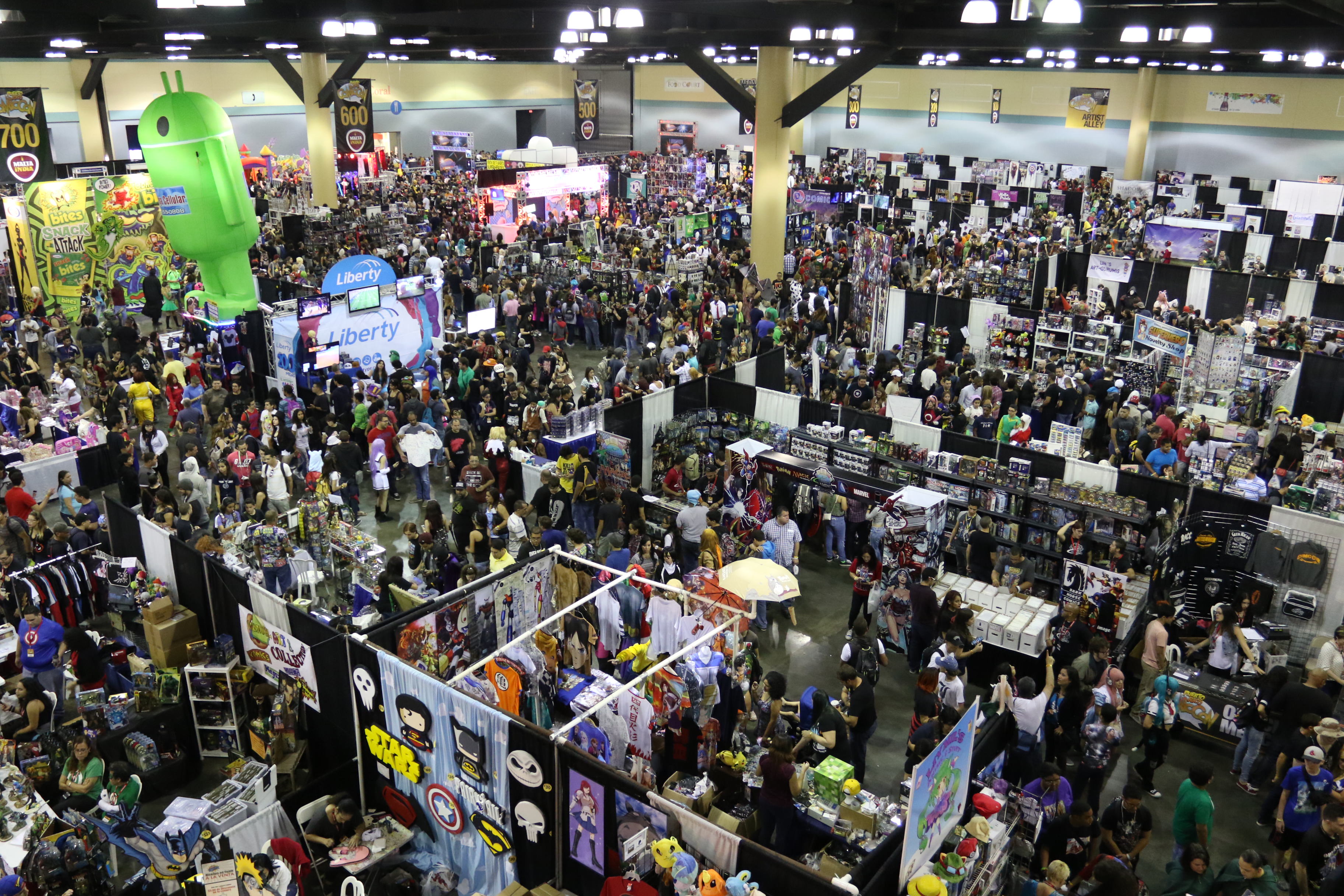
Comics, on the other hand, were offered in both Spanish and English versions, with English being the predominant language. Marvel and DC dominated the Puerto Rican comics market, but the rise of Dark Horse and Image during the late-80s and 90s got to develop its own audience. PRCC reflects this as the show’s comic vendors carry comprehensive collections of classic Marvel and DC storylines for sale, with George Pérez and Jim Lee comics among the most sought after. In a way, walking the convention floor becomes a kind of history of comic book trends in the Puerto Rican market.
The con’s most recent editions have started doing a better job of giving Puerto Rican artists and creators more of a presence, although the indie scene itself owes a lot to art festivals such as Tintero for giving local talent a more powerful voice. Still, PRCC has been a steady ally in this regard by setting up a space that exposes local creators to a wider audience.
The Beat had a chance to talk to PRCC’s executive producer Ricardo Carrión, via phone, on the current state of the convention and its identity as big changes seem to be in the cards for the very near future. The interview follows below.
Ricardo Serrano: Let’s start with origin stories. What led to Puerto Rico Comic Con as it stands today?
Ricardo Carrión: The convention has been around for 17 years. It started as two friends going to a convention only to find some five or six vendors present and not much else. From there we decided that people deserved more, a better kind of event. We started at a YMCA with a Star Wars-focused event which went for a few years as such. Once the Puerto Rico Convention Center opened in San Juan we moved our event there and presented it as the Pop Culture Expo, which incorporated comics into the still Star Wars-heavy show. In 2009 we change the event’s name to Puerto Rico Comic Con and settle on the format that we largely follow to this day.
Serrano: I remember going to several shows back when I lived in PR and seeing the convention growing in both scope and size. I started noticing bigger comic book and entertainment names were making an appearance, such as Jason Momoa, wrestler Kevin Nash, Scott Snyder, John Romita, Jr., and Eric Powell, to name a few. When did the convention start gathering a bigger, more impressive guest list?
Carrión: Well, it was tough early on getting meets with booking agents and such, but once we started bringing more guests in, the convention started getting more recognized and we were seen as a serious organization looking to put on a quality experience for fans. I mean, we recently learned that in some cases PRCC is more widely recognized in the United States than in Puerto Rico. A lot has to do with the market and the convention culture in the States. That’s already fully formed there. We’re making our own convention culture here. We’re “criollizando” or adapting the American model to our reality.
I think we started getting even more recognition in 2011. We noticed people wanted to talk to us immediately after we said we were from Puerto Rico Comic Con, especially when we travelled to the States.
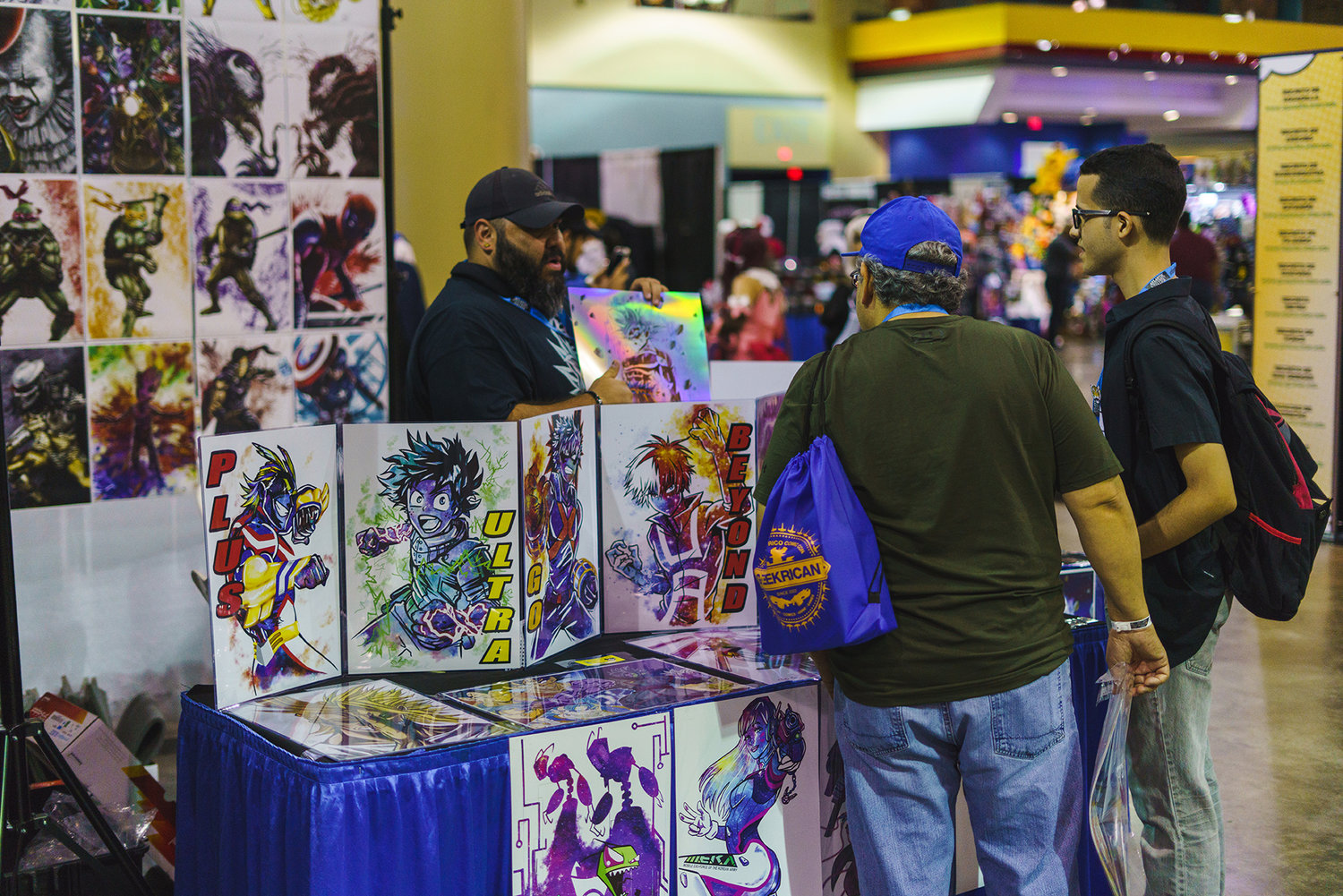
Carrión: There are several branches within the comics community here in PR. We’ve seen the indie scene rise quite rapidly as of late and stores have responded in different ways, making decisions based on their reader base. We had a store ourselves once, and though it worked, in the end it turned out to be much more challenging a project than initially thought. It ran for almost two years and then we decided to regroup and refocus, which led to us closing operations. Really, my respect to all those who still have brick and mortar shops. Keeping them up and running is hard.
I was talking to the guys at Cultura Secuencial, a Puerto Rican podcast about comics and entertainment, and I remember saying that the comics scene here has really grown into something special. There are new artists, new creators that either play with the classic comic book format or step out of it to create their own formats. There are creators out there that are really challenging the comics page and that’s important community-wise.
In terms of stores, we’ve seen a heavy decrease due to online stores digging into physical copy sales. I know of people here that get their comics through Midtown Comics’ online store. Manga is big and it attracts fans looking for that physical copy they need to round out their collections. Our convention does well in his regard. What’s true is that Puerto Ricans like reading comics and I’ve seen a more concerted effort at keeping the comics scene alive.
Serrano: Do you think there’s a particular group or audience that you feel makes up the bulk of con-goers at PRCC? Is it down to cosplayers or comic book collectors? Or is it more the general audience sustaining the convention?
Carrión: What we’ve noticed first is that our audience is becoming younger. In the beginning we were looking at adults as our primary market, in the 30-40 year demographic. In recent years, though, we’ve seen cosplayers showing up in larger numbers along with new collectors. I divide these collectors in two categories: those who look for classic runs and old school stuff and then you have newcomers that are looking for Funkos and Legos. Video game followers have also been on the rise. I would say we have a kind of melting pot with our fans. The market requires that freedom. I mean, Young Adult readers are coming in big, and so we have to adapt and make the event respond to them as well.
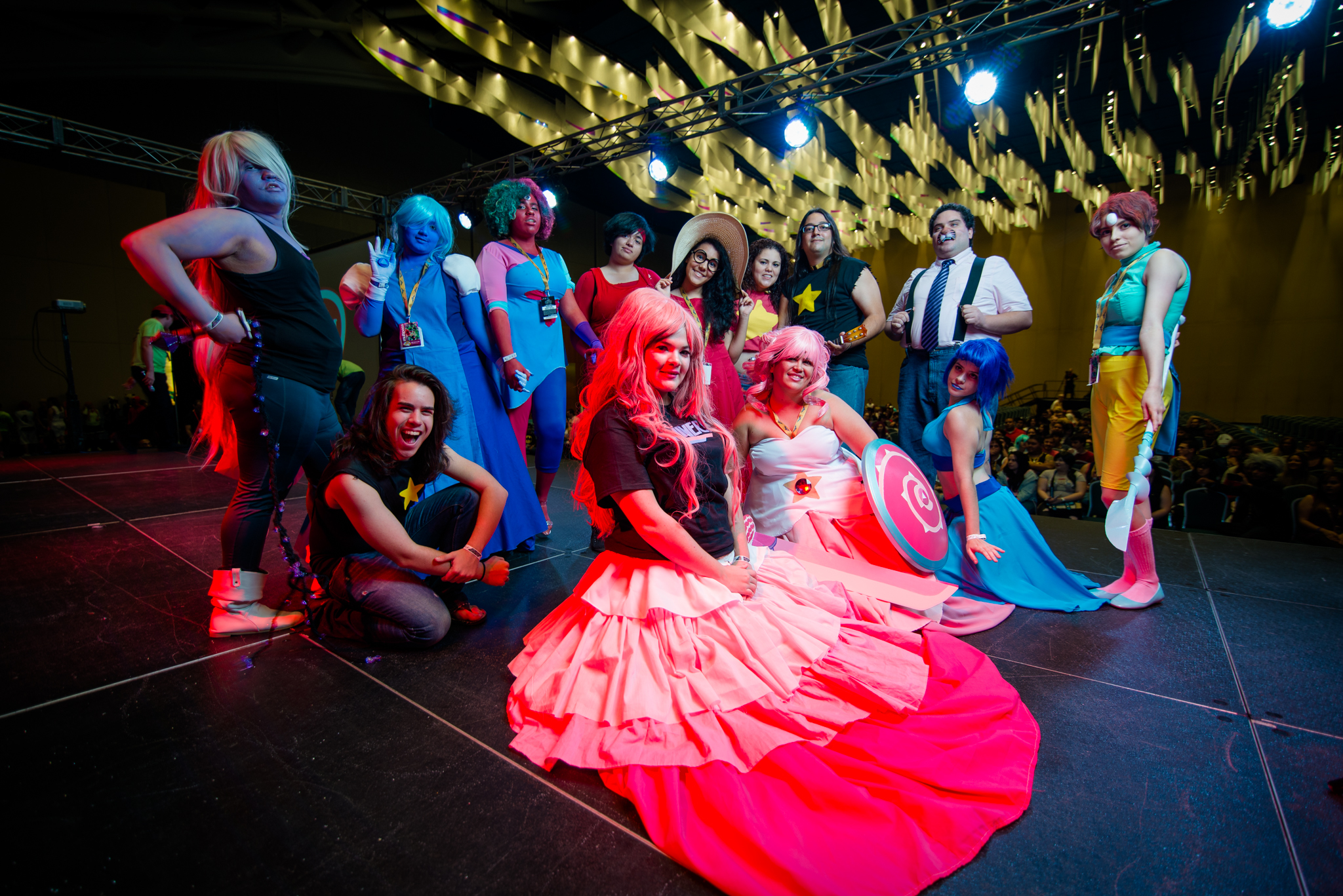
Carrión: According to our guests—this not us saying it but our guests saying it—PRCC is the most fun had in a comics convention. Just getting to the island and taking in the sights and the culture makes the convention all the more fun because we bring that culture into the show floor. There are people dancing all around, sponsors who practically DJ from their booths and attract people to them with music. I mean, us Puerto Ricans love fun, we love to party, and that has to be present. Sponsors sometime develop their own mini-concerts with their own itineraries and bands. And that’s all them. They have the space to do it and we encourage that.
And that stretches to the Artists’ Alley. We want local talent, we want to support Puerto Rico’s comic scene and give voice to homegrown voices. That’s our commitment to the Puerto Rican comics community.
Serrano: What’s next for PRCC? Is there something you already have in your sights for the 2020 edition?
Carrión: One of the things we’re looking at is expanding the Artists’ Alley, getting in more artists and more creators so that they have a chance to show their work. We’ve already started working on this for 2020. One of our biggest focus points right now is bring PRCC to the international market. We want to establish ourselves as one of the biggest and most important industry events in the convention scene. We’re talking both in Puerto Rico and in the States. We want to be seen as an important stop for the various industries represented in the convention. One that can compete with the best of them. I want us to be in that roster.
Serrano: Thanks!
Carrión: Thank you!


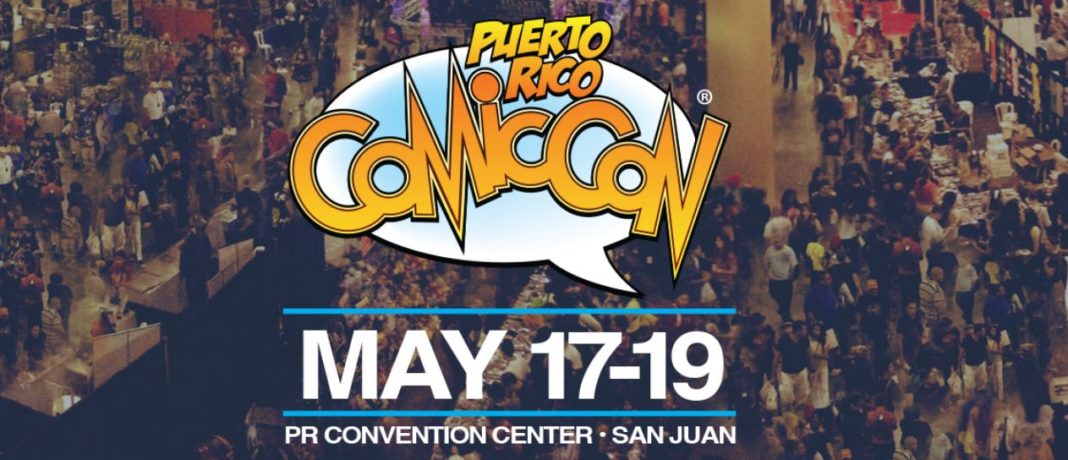


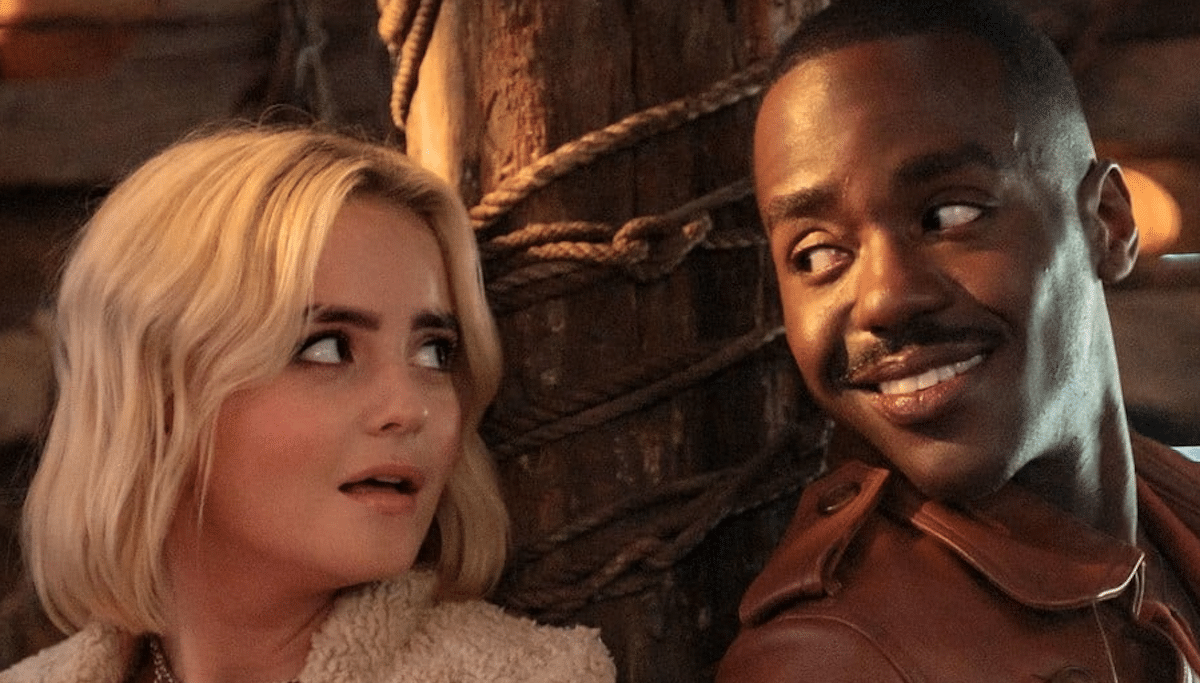



No where to sit, at all! Last year was waaay better
Comments are closed.